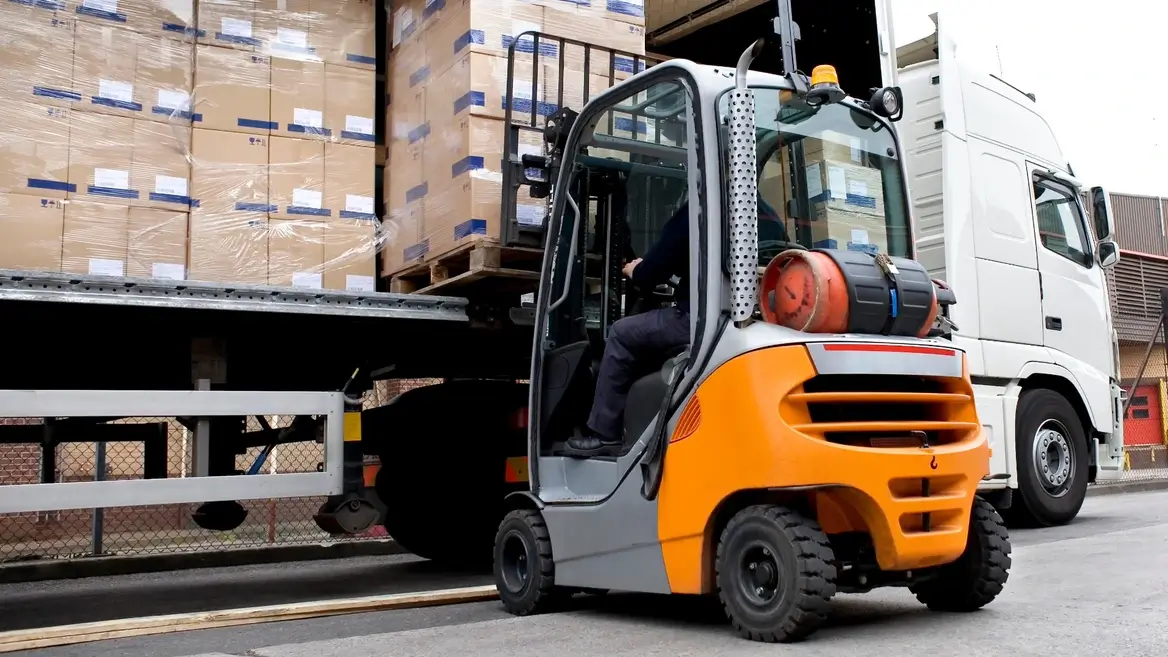Seasonal demand can be a challenge for haulage companies across the UK. Whether it’s the holiday rush, the back-to-school season, or other industry-driven peaks, handling these fluctuations in demand requires careful planning. If you’re managing a medium to large fleet, preparing for peak seasons in freight is critical to keeping operations smooth.
Here’s how you can stay ahead and manage increased road freight demand effectively.
What we’ll cover
What seasonal demand looks like
Seasonal demand refers to the natural peaks and dips in freight volume that occur at specific times of the year. Various industries, such as retail, e-commerce, and food distribution, drive these fluctuations. Being aware of these busy times allows haulage companies to plan ahead, so they aren’t caught off guard by last-minute increases in orders.
In the UK, the following periods tend to bring the highest demand for road freight:
- Q5 and January Sales: Early January – Increased retail returns and sales demand.
- Easter: March to April – Increased demand for food and retail logistics.
- Summer holidays: June to August – Higher demand in tourism-related sectors and retail.
- Back-to-school season: August to early September – Increased demand in retail and education supplies.
- Harvest season: Late September to November – Higher demand in the agricultural sector.
- Black Friday and Christmas: November to December – Peak demand from retail, e-commerce, and food distribution.
Recognising these peak seasons in freight will help you prepare your fleet and operations well in advance. This allows you to meet increased road freight demand without compromising on service quality.
Planning for peak seasons in freight
Forecasting seasonal demand for better fleet management
Accurate forecasting is the foundation for managing seasonal demand effectively. By using historical data and analysing market trends, you can predict when your busiest periods will occur. This helps you allocate resources efficiently, allowing you to adjust your fleet size and workforce before peak demand hits.
Use data from previous years and current market insights to estimate how much capacity you’ll need during peak seasons in freight. With proper forecasting, you’ll not only be ready for increased road freight demand but also avoid the extra costs that come with last-minute changes.
Scaling your fleet during peak periods
When seasonal demand increases, you’ll want to expand your capacity to meet the extra workload.
Options include hiring additional vehicles, bringing in temporary drivers, or partnering with reliable subcontractors. Temporary hires are particularly useful when you need short-term support, allowing you to handle the busy season without the long-term costs of expanding your fleet permanently.
This is where Haulage Exchange (HX) comes in. HX is a platform designed to connect haulage companies with a network of trusted subcontractors and carriers. When demand spikes, HX allows you to quickly find vetted haulage carriers to fill the gaps in your operation, in as little as 4 minutes. With more than 60,000 vehicles available across the UK including haulage vehicles and courier drivers, HX provides instant access to additional capacity whenever you need it.
Using HX, you can:
- Post loads and find subcontractors fast: Post excess loads on the HX platform, where vetted subcontractors can quickly bid on your jobs, ensuring your deliveries stay on schedule.
- Track subcontractors in real time: HX provides real-time tracking, so you can monitor subcontractor vehicles just like your own, keeping deliveries on track.
- Scale your fleet on demand: Adjust your fleet size easily, scaling up during peak periods and down during quieter times, with access to vehicles nationwide.

Operational strategies for managing seasonal demand
Optimising routes and schedules during peak seasons
During peak seasons, optimising your routes and schedules becomes more important. Increased road traffic and freight volumes can lead to delays and higher costs. To handle this, you’ll need to plan routes that avoid congested areas and minimise time spent on the road.
Advanced route planning software can help you adjust your delivery schedules to ensure faster deliveries. By reworking routes and using technology to monitor traffic, you’ll be better equipped to handle the challenges that come with seasonal demand.
Streamlining communication and driver management
Clear communication between drivers and dispatchers is vital during times of increased road freight demand. The more efficiently you can manage your drivers, the smoother your operations will run. Make use of tools like Freight Vision that allow real-time updates on delivery status, route changes, and any issues that arise.
Effective fleet management also involves tracking driver performance and managing workloads to prevent fatigue. You can improve delivery times and driver satisfaction by spreading the workload evenly and keeping everyone on the same page.
Maintaining flexibility throughout the year
Handling seasonal demand requires more than just preparing for peak periods. Your business needs to be flexible enough to adjust operations throughout the year. Outside of peak seasons, it’s common to experience quieter periods, so you have the ability to scale down your operations to match the demand, or take on more haulage return loads to boost revenue.
Flexible contracts with temporary drivers or subcontractors can help you manage the highs and lows without committing to permanent hires. Scalable services like HX allow you to adjust your operations based on real-time demand, ensuring that you’re neither over-committed during quiet periods nor under-resourced during busy ones.
Conclusion
Managing seasonal demand in road freight doesn’t have to be difficult. By planning ahead, forecasting demand, and scaling your fleet when necessary, you can handle peak periods without disrupting your operations. Optimising routes, improving communication, and managing driver workloads are all essential for keeping things running smoothly during busy times.
Flexibility is the key to success. With the right strategies in place, your haulage business can not only survive but thrive during periods of increased road freight demand.




